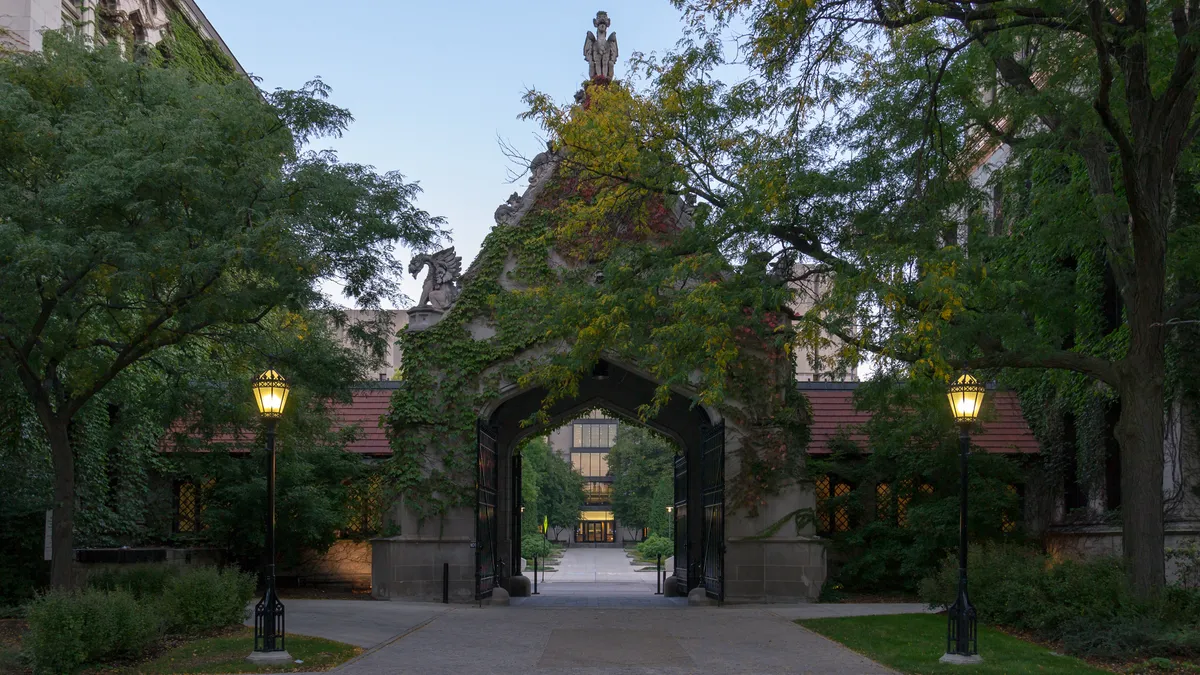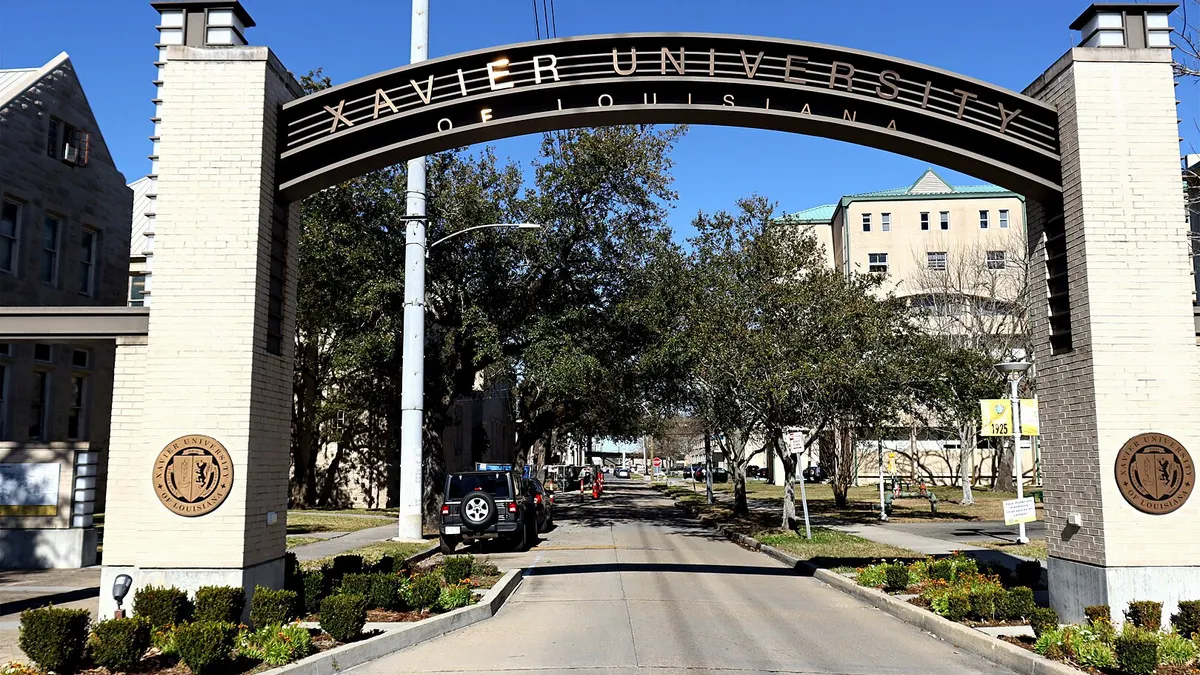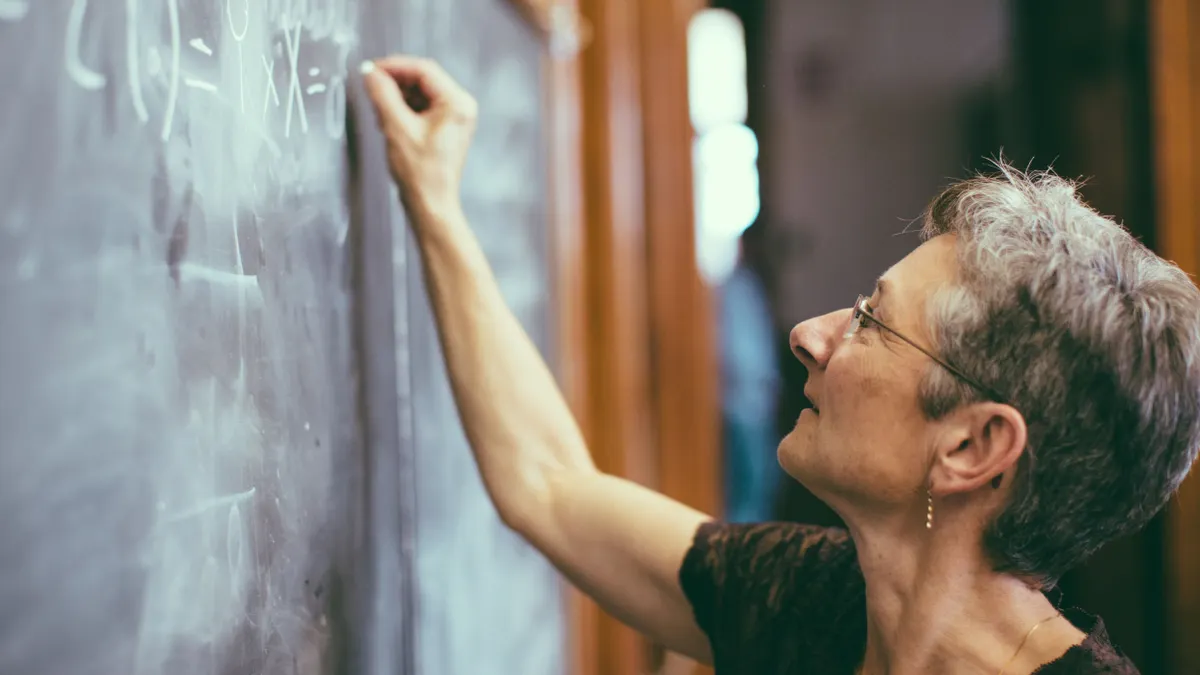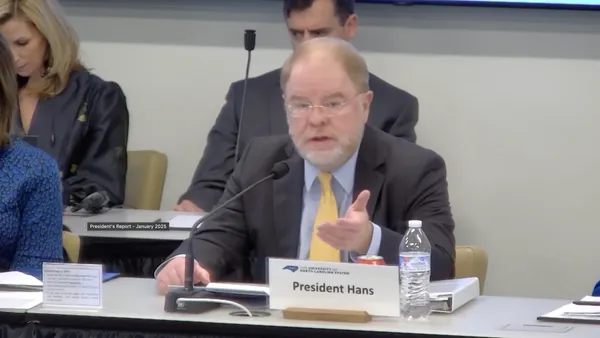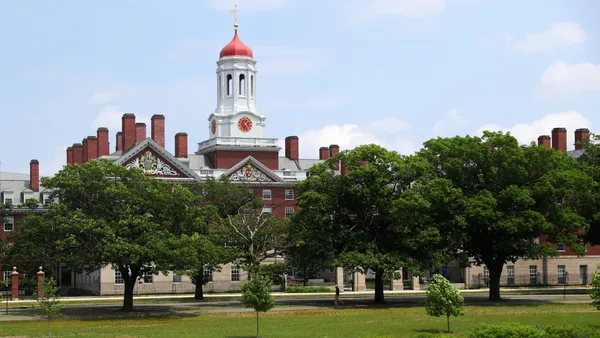COLUMBUS, OHIO - Racial diversity in enrollment is arguably as politically charged a topic as it’s ever been.
Since the U.S. Supreme Court struck down race-conscious admissions two years ago, some high-profile colleges have reported noticeable declines in the share of historically marginalized groups in their student bodies. Meanwhile, the Trump administration has launched an aggressive campaign to stamp out any whiff of proactive diversification efforts by colleges.
At the same time, the population of traditional-aged college students in America is expected to become more diverse than ever.
Yet amid all this, there’s a distinct lack of data on diversity throughout the admissions process. Researchers from the Urban Institute and the University of Southern California — who collaborated with the National Association for College Admission Counseling — have tried to fill that knowledge gap by looking at diversity from the recruitment process through admissions and enrollment.
Presenting at the NACAC annual conference on Friday, the researchers described how their project had to shift with major developments, most notably the Supreme Court’s decision and concern over its impact on the diversity of student bodies.
Other recent events in the college enrollment realm have also complicated the picture — from COVID-19 to last year's chaotic rollout of the new Free Application for Federal Student Aid application and the onslaught of new Trump administration policies — making it more difficult to isolate the decision’s impact.
The fundamental problem the researchers sought to address was “a lack of understanding of what applicant pools look like from a diversity perspective, and what admit pools look like” from a diversity perspective, said Bryan Cook, director of higher education policy at the Urban Institute's Work, Education, and Labor Division, and one of the project leaders.
Mismatches between applicants, admits and enrollees
Looking at the relationships among applications, admissions and enrollment can highlight where diversity efforts fall short, Cook said. For example, an applicant pool that is more diverse than the body of admitted students could point to issues in admissions practices.
From surveying 17 public and private research universities on enrollment and admissions data from 2018 to 2024, the researchers tried to put together a more detailed picture than what existing federal data or voluntary disclosures from colleges can offer.
They found, for example, that the share of admitted Black students remained relatively flat at around 6% from 2021 through 2024. Meanwhile the share of Black students who actually enrolled at those institutions has climbed since 2022, reaching 5.8% in 2024 compared to 4.9% in 2018. Meanwhile, the share of Black applicants increased gradually from 2019 onward, reaching 8.7% in 2024.
“While Blacks are increasing as a share of applicants, there is not a corresponding increase in the share of admitted students — yet they are increasing as a share of enrolled students,” Cook said. “And so this suggests, to some extent, that [the share of] Black applicants who are being admitted to these institutions is declining, but the yield for Black students is actually increasing.”
He added, “If you only look at the enrollment numbers, you would think that Black access to these institutions is going okay, even though they are a declining share of the admit pool.”
Data for Hispanic students also shows a mismatch between applicant and admissions numbers. In 2024, the share of Hispanic applicants at the sampled institutions, 17.5%, outpaced the share of Hispanic students who were admitted by a full 2 percentage points. Hispanic students’ share of total enrollment that year, however, stood extremely close to the applicant share at 17.1%.
A gap also existed between the share of Asian applicants and admits through 2023, but that divide closed in 2024, with both metrics at around 12.5%. Enrolled Asian students made up a smaller share, however, at 9.8%. That share has declined modestly since 2022, which contrasts with the pattern for Black and Hispanic students. Asian students could be choosing other colleges than those surveyed, however, Cook suggested.
Most of the above trends stand in stark contrast to those for White students, who have declined as a percentage of applicants, from 48.1% in 2018 to 40.7% in 2024. But as a share of those enrolled, White students made up 53% of the collective student bodies of the surveyed institutions in 2024 — more than 12 percentage points higher than their application rates.
White students are “the only group for which they're a larger share of the enrolled pool than the applicant pool,” Cook said. “So even though they're in decline, disproportionately White applicants are more likely to get admitted and enrolled than all of the other groups.”
And that trend held for every year of the study, both before and after the Supreme Court’s 2023 decision on race-conscious admissions.
Pulling back the curtain on recruitment and admissions
The Urban Institute-USC researchers also examined the recruitment and admissions process to gain insight into the driving forces behind enrollment trends.
They found that the surveyed institutions “overwhelmingly prioritize academics,” said Julie Posselt, a professor at USC and co-director of the university’s Pullias Center for Higher Education.
High school GPA led in importance for admissions factors, followed by the strength of high school students’ curriculum, according to their analysis. Essays and applicant character attributes came next, but ranked far below GPA on a scale of average importance to institutions.
Posselt warned against “false inferences” and myths about admissions, such as that if a Black student with a lower GPA is admitted, it’s because of illegal discrimination or affirmative action.
“If you work in admissions, you know that other factors, many factors, matter — as our data showed that race is definitely not the only way that applications are being contextualized,” Posselt said.
She also highlighted the importance of changing demographics. “As we have more applicants from minoritized backgrounds, we ought to have more admitted students and enrolled students from those backgrounds, assuming academics are relatively close.”
Posselt also pointed to a popularly held myth among the public that there exists “a single, large hierarchy of merit” that determines who gets admitted to a given college.
“We couldn't just line up everyone in this room and judge everyone as more and less admissible,” she said. Some majors are more competitive than others, she noted, and institutions also frequently have very specific needs in their admissions picture.
“We know that there are multiple competitions that are happening simultaneously. This might be the year that we need a new oboist, or this might be the year that we need X, Y and Z in other critical places,” Posselt said. “Those competitions are happening outside the view of the public, but are definitely affecting the way that they understand or misunderstand the fairness of admissions or rejection decisions.




